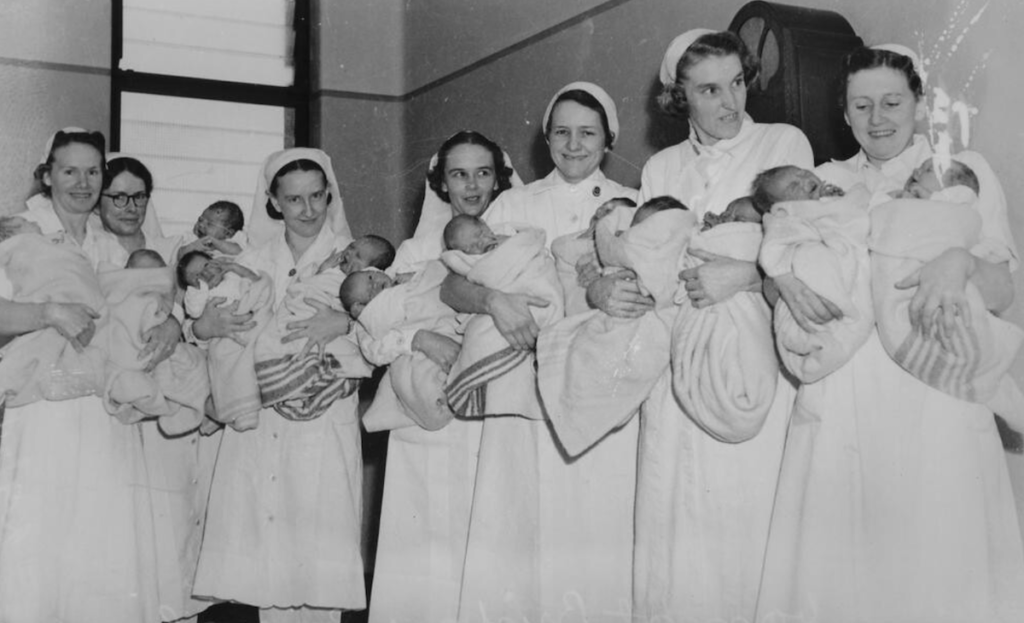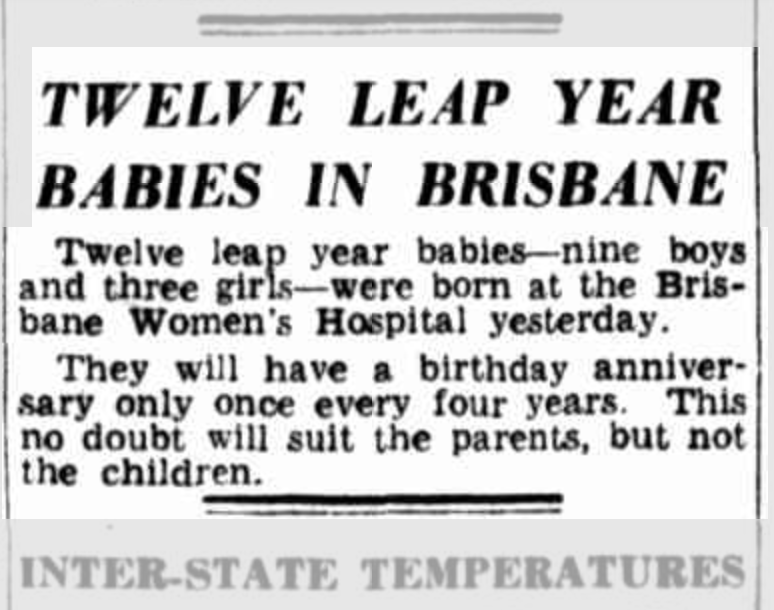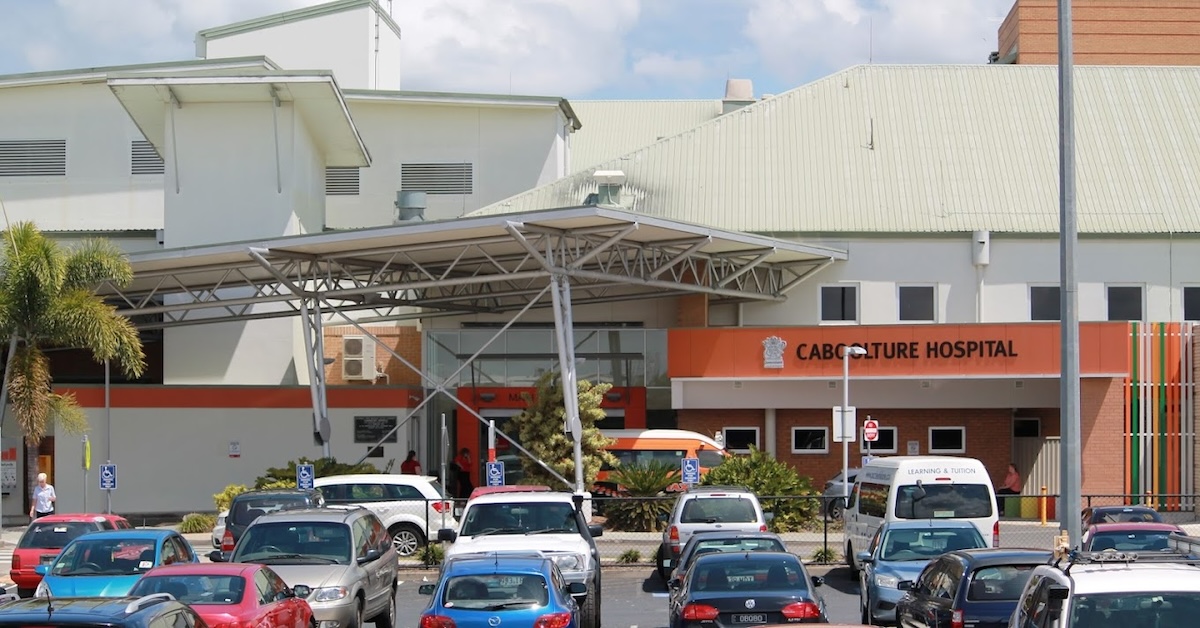On a day that arrives only every four years, Caboolture Hospital recorded the birth of its lone Leap Year baby for 2024, Emerson, the pride and joy of parents Kelley and Roy Mahoney.
Born on 29 February 2024, Emerson’s arrival was a joyful surprise for the couple, who had anticipated a March 6 delivery. Roy expressed feelings of joy because it’s pretty special to have a baby born on “such a unique day.”
Other Leap Year Births in Brisbane
In 2020, Tahlia Field, a young mother, also from Caboolture, experienced the special joy of giving birth to her son on 29 February, which also happened to be her own leap year birthday. This rare coincidence, with odds of 1 in 2,134,521, created a unique bond between mother and son, who will celebrate their actual birthdays only every four years.
On 29 February 1940, the Brisbane Women’s Hospital in Herston added to the leap year festivities by welcoming twelve leap year babies.

This group of leaplings, consisting of nine boys and three girls, joins the exclusive club of individuals celebrating their birthdays quadrennially. The phenomenon of leap year births brings a mix of amusement and practical considerations for families, as they navigate the celebration of birthdays in non-leap years.

Celebrating Leap Year Birthdays
Leap year babies, often referred to as “leaplings,” find themselves in a unique position, celebrating their actual birthdays only once every four years. This rarity makes their birthdays special and poses exciting challenges and opportunities for celebration. Families and leaplings often choose either 28 February or 1 March for off-year celebrations, maintaining a sense of continuity while embracing the uniqueness of their situation.
Leaplings share their birthday with about 5 million other people worldwide, making it the rarest birthday with a 1 in 1,461 chance of being born on the 29th of February.
Today is 29 February, this day only occurs every four years and is the rarest birthday in Australia. 568 people were born on this day in 2020. Tag a leap year baby! 👇🎂🎉 pic.twitter.com/95sWmSyT8d
— Australian Bureau of Statistics (@ABSStats) February 29, 2024
The purpose of leap years is to synchronize the months with the Earth’s orbit around the Sun and its annual events such as solstices and equinoxes. The Earth takes around 365.2422 days to orbit the Sun, which is slightly longer than our calendar year by about a quarter of a day. As a result, the calendar drifts away from the seasons over time, and leap years are added to adjust the calendar and align it with the astronomical year.
Leap years are not exclusive to the Gregorian calendar, as they have been utilized in various calendars throughout history, including the ancient Roman calendar. The additional day is added to the end of February, which was the last month in the original Roman calendar.
Published 5-March-2024



